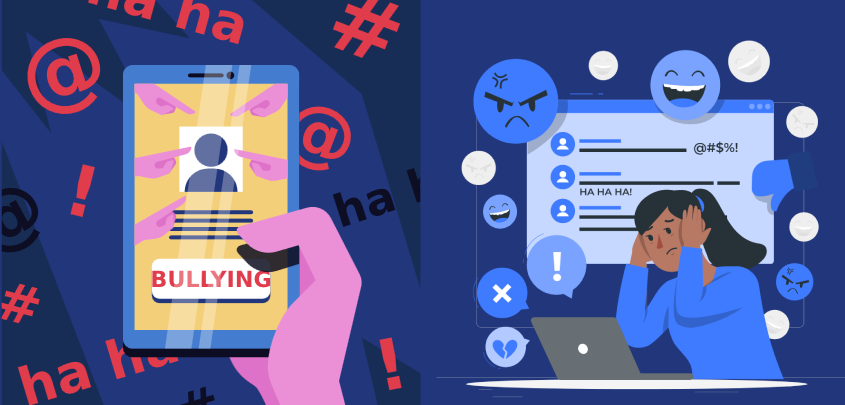
28, Nov, 2024
How Digital Communication Tools Can Enable and Prevent Workplace Cyberbullying
In today’s digital-first workplaces, communication tools like emails, group chats, and collaboration platforms have transformed how we interact. However, these tools are double-edged swords—they can foster productivity and connection, but they also have the potential to enable workplace cyberbullying.
Let’s explore both sides of the coin and how we can ensure these tools are used responsibly.
How Digital Tools Enable Workplace Cyberbullying
1️⃣ Public Shaming in Emails
Features like “Reply All” or mass emails can be misused to single out individuals, amplifying criticism or mocking mistakes in front of an entire team.
2️⃣ Exclusion in Group Chats
Colleagues may be intentionally excluded from group discussions or ignored in messaging platforms, making them feel isolated and undervalued.
3️⃣ Anonymous Surveys and Platforms
While anonymity can encourage honesty, it can also enable malicious comments or bullying behavior without accountability.
4️⃣ Persistent Accessibility
Being constantly connected means there’s no escape. Harmful messages or passive-aggressive remarks can invade personal time, compounding stress and anxiety.
How Digital Tools Can Prevent Workplace Cyberbullying
1️⃣ Moderation Features
Many platforms now offer AI-driven moderation that flags inappropriate content, such as abusive language or targeted harassment.
2️⃣ Reporting and Blocking Tools
Employees can report bullying incidents directly through communication apps, while blocking features allow individuals to shield themselves from toxic interactions.
3️⃣ Keyword Alerts
Some tools enable administrators to set alerts for potentially harmful keywords, allowing timely intervention when bullying occurs.
4️⃣ Privacy Controls
Platforms often allow users to customize their privacy settings, restricting access to personal information or limiting interactions with certain individuals.
The Role of Workplace Culture
While technology plays a significant role, the real solution lies in fostering a healthy workplace culture. Organizations must:
- Promote transparency and open communication.
- Set clear policies against cyberbullying.
- Train employees to use tools ethically and responsibly.
The Bottom Line
Digital communication tools are powerful, but they are not inherently good or bad. Their impact depends on how they’re used. By leveraging the protective features of these tools and cultivating a respectful workplace culture, we can turn them into allies against cyberbullying rather than enablers of harm.
Let’s make the digital workplace a space for collaboration, not conflict.
